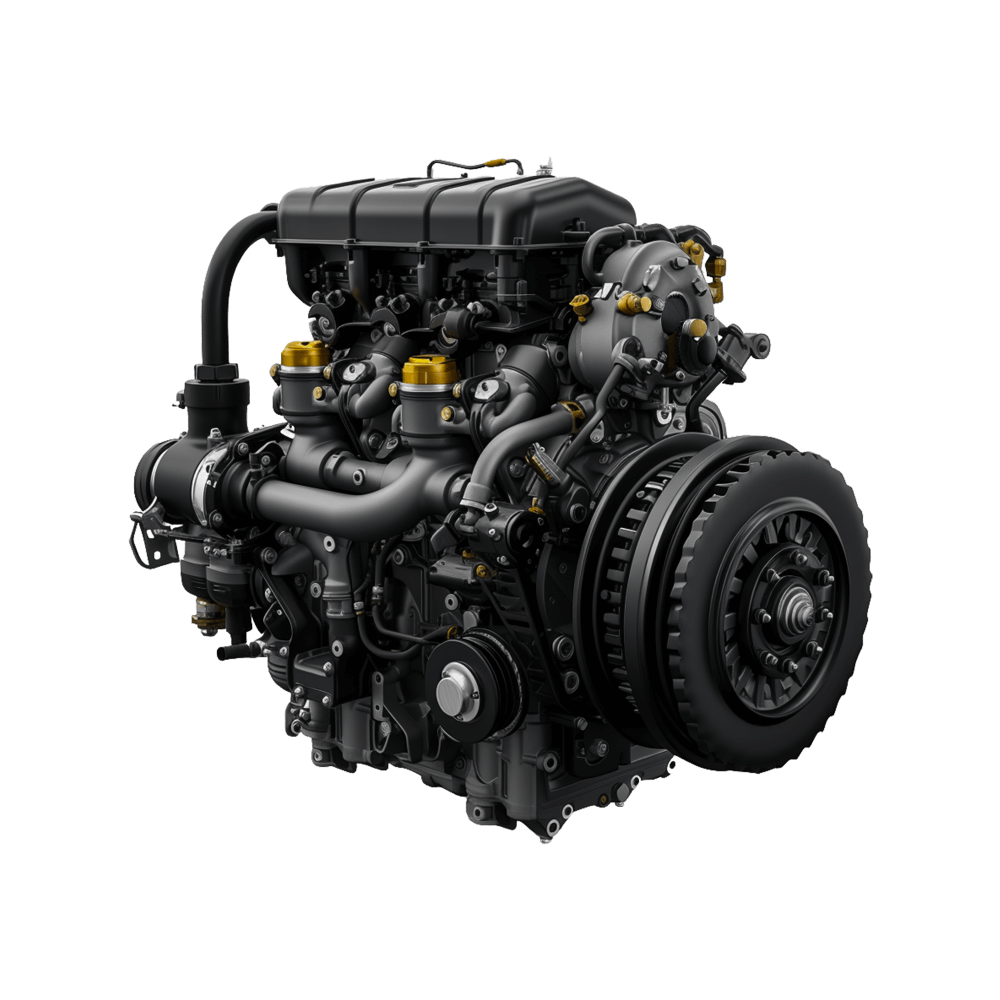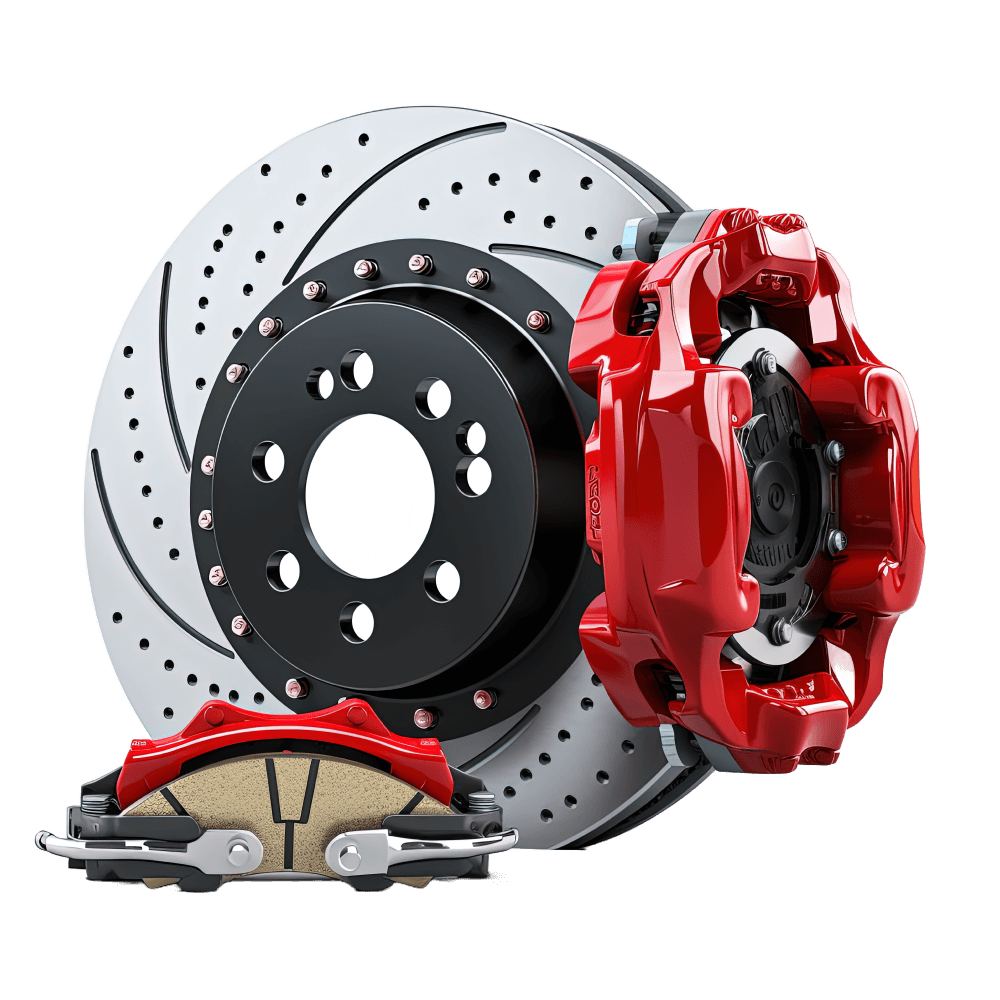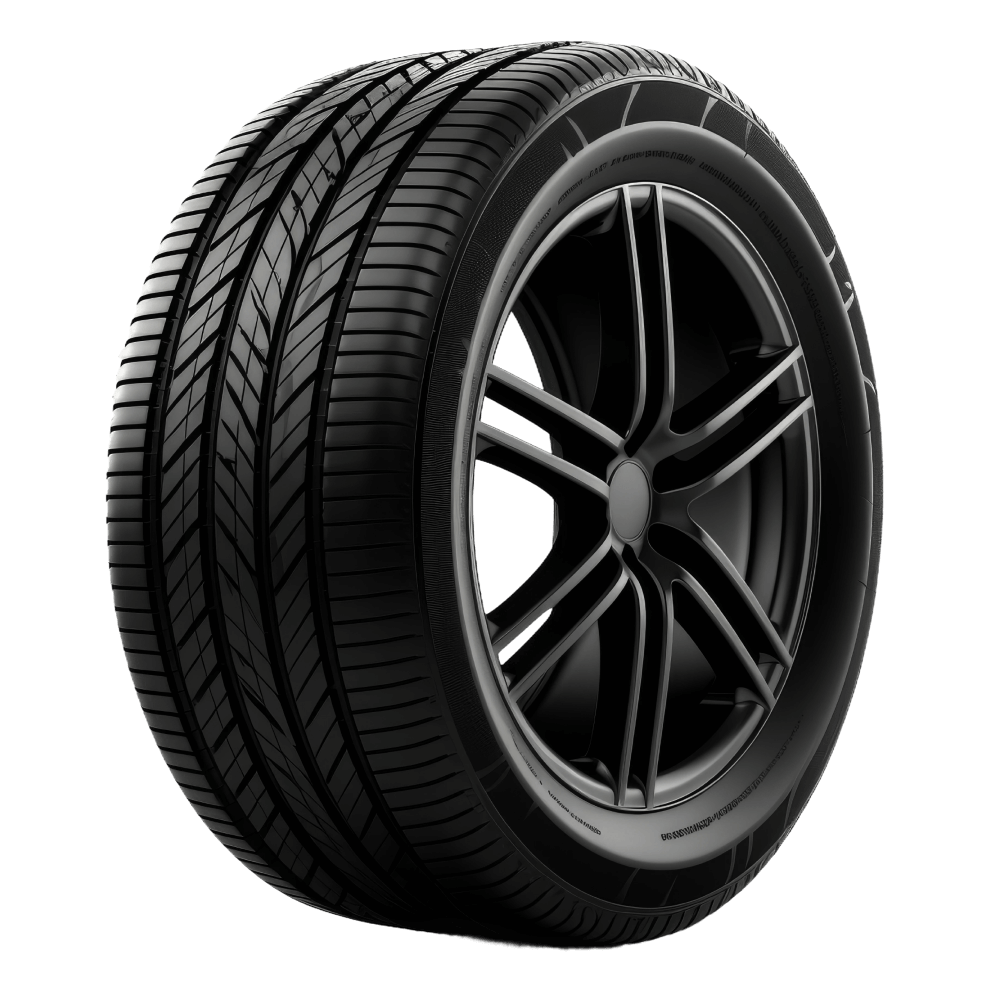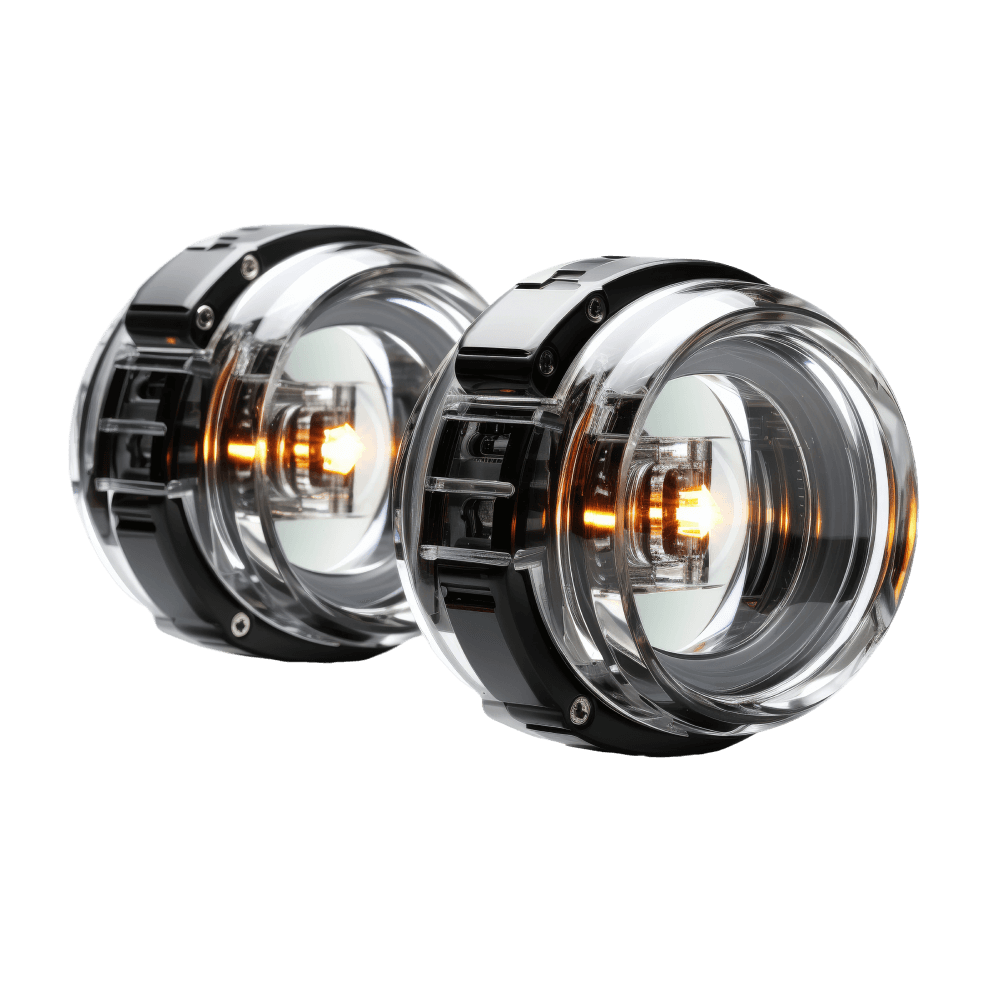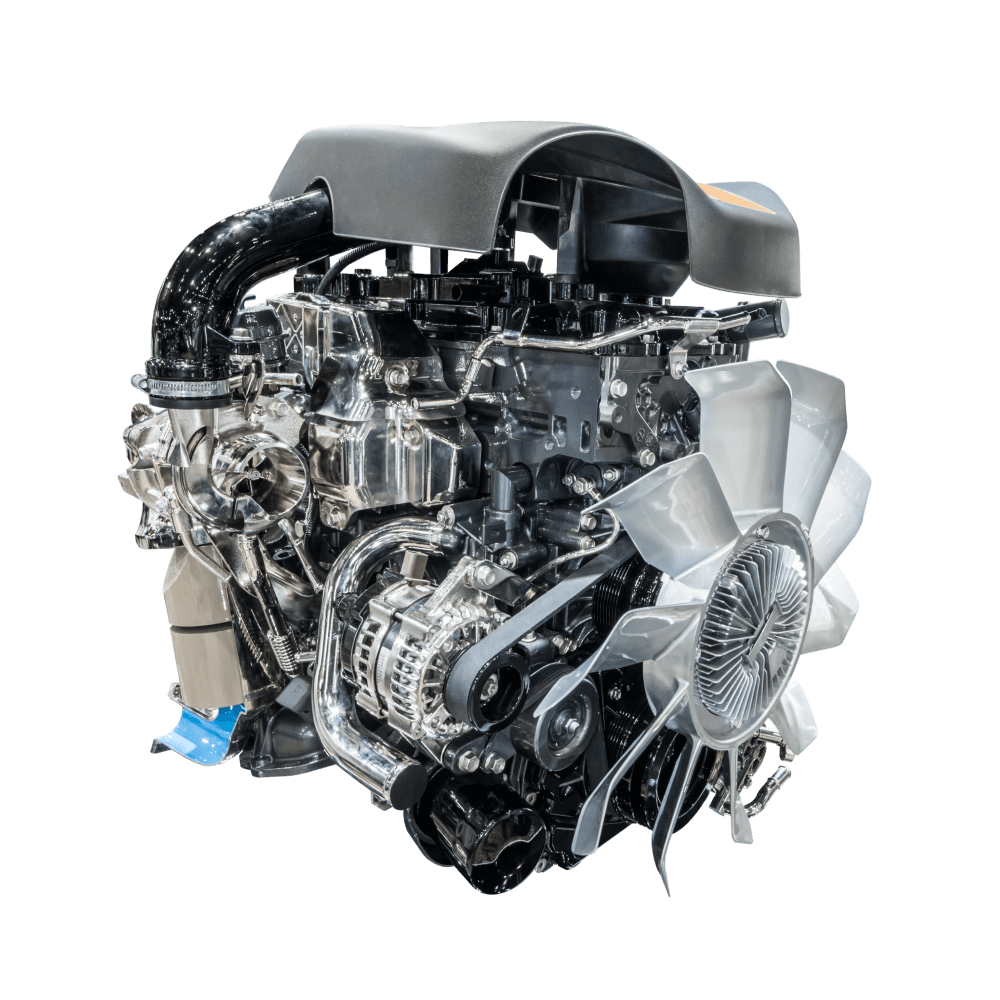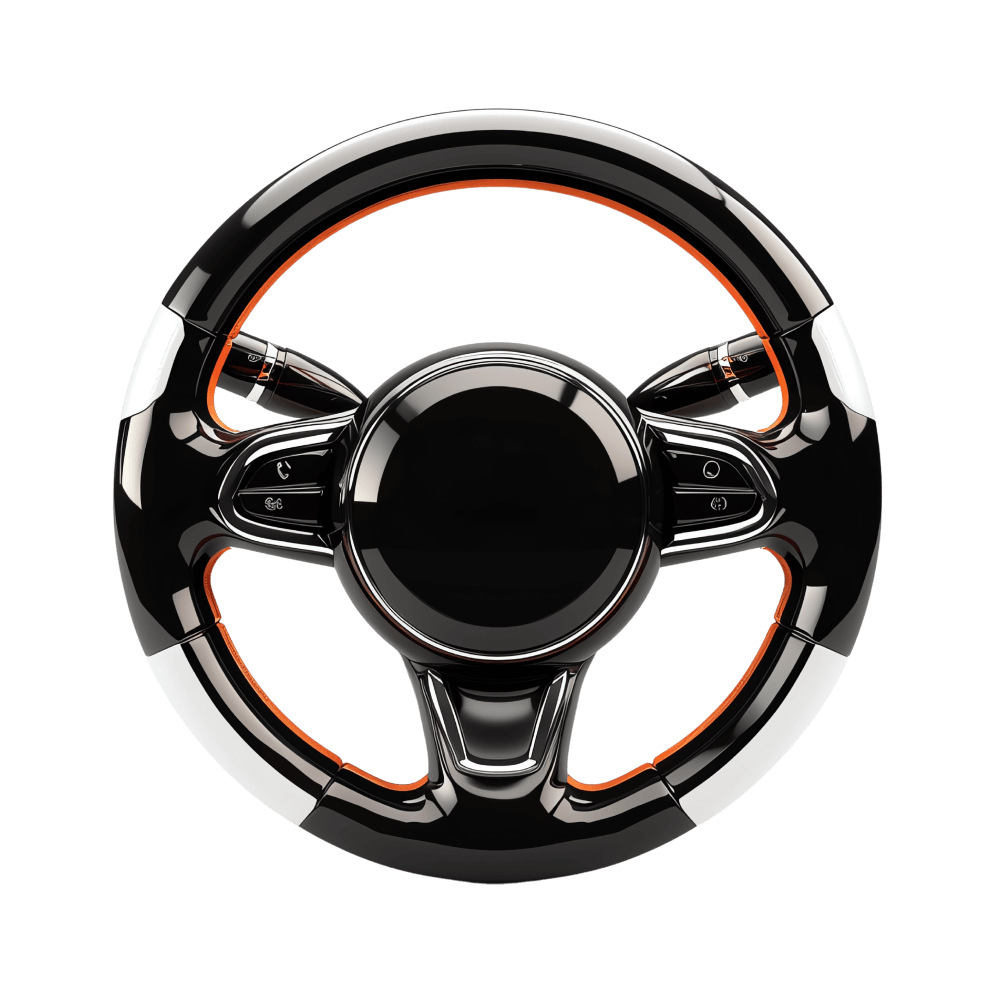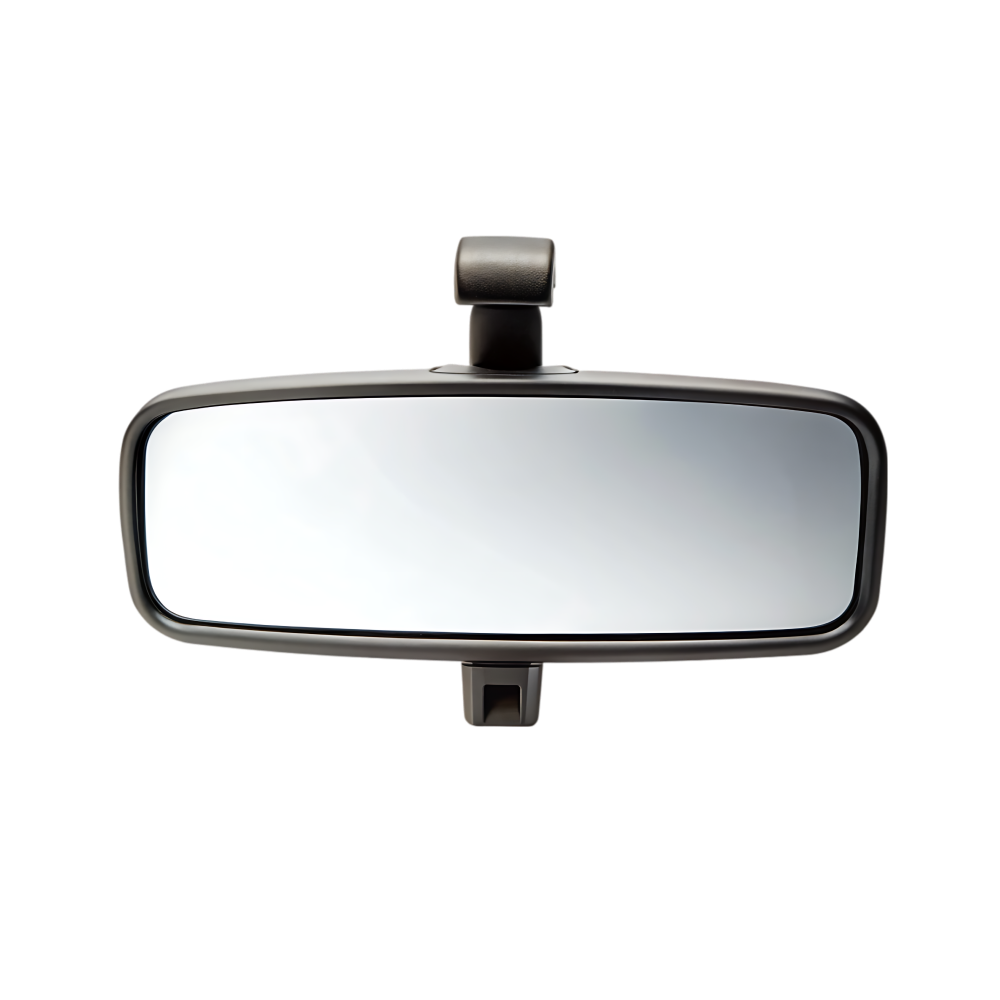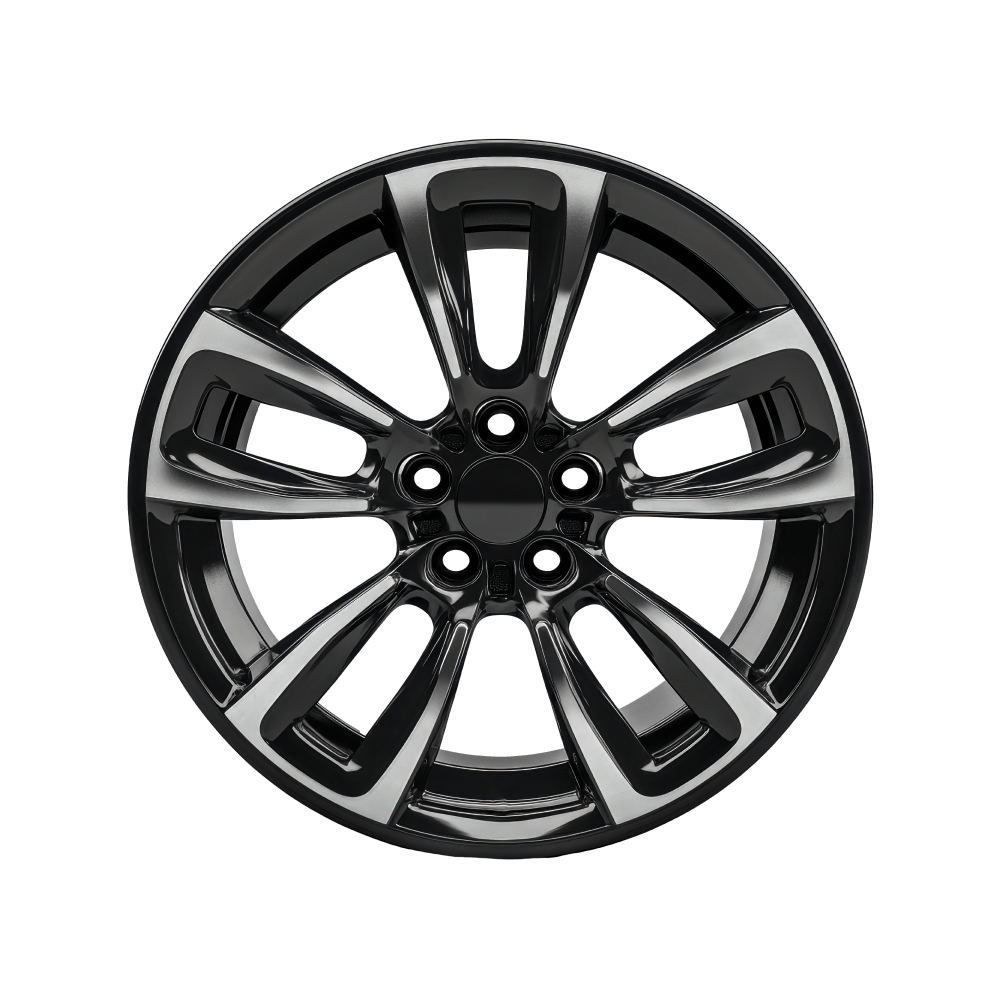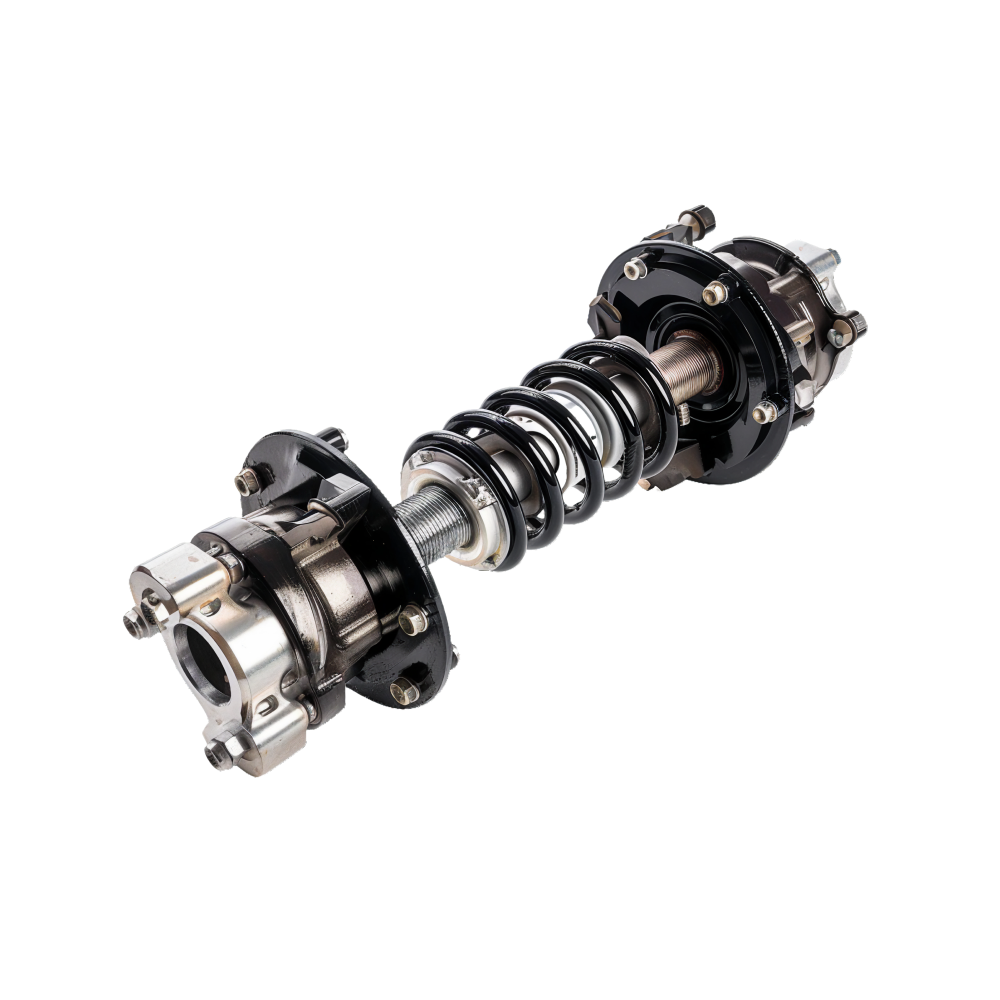Try searching by car name, features, or description
After a short hiatus, Jeep is taking another swing at compact crossovers with the new 2026 Cherokee. It’s hybrid only, all-wheel drive is standard, starts at a tick under $37,000, and is here to take the fight to the Toyota RAV4 and Honda CR-V.
The Cherokee name is as synonymous with Jeep as Wrangler or Wagoneer. The original Cherokee from the mid-1980s set the template for what an SUV could be. It was more space-efficient than its rivals, easier to live with, used an entirely unique unibody construction with a fully boxed frame, and was much, much better on gas than the competition. In a lot of ways, the 2026 Cherokee steals its playbook from that very car.
The Cherokee will be the first Jeep hybrid sold in North America without a plug. The powertrain pairs a turbocharged 1.6-liter four-cylinder engine with two electric motors. Total system output is rated at 210 horsepower and 230 lb-ft of torque. That’s on par with the Toyota RAV4 hybrid, but Jeep’s system differs slightly. While the Toyota’s rear wheels are powered exclusively by a rear-mounted electric motor, the Jeep links the rear wheels to the transmission via a physical drive shaft.
Don’t expect much in the way of extra performance, though. Jeep cites a 0-60 mph time of 8.7 seconds — more than a full second slower than the last RAV4 hybrid we tested. Jeep also says the new Cherokee will get an EPA-estimated 37 mpg combined and have a range of more than 500 miles on a single tank. That makes it Jeep’s most efficient gas-powered vehicle, but it still lags behind both the RAV4 and Honda CR-V when it comes to fuel efficiency.
Where the physical connection to the rear wheels might come in handy is when you’re off-road. Because it’s a Jeep, the Cherokee comes with 8 inches of ground clearance and better approach and departure angles than both the RAV4 and CR-V. It also comes with Auto, Sport, Snow and Sand/Mud drive modes to help you get the most traction in slippery situations.
Inside, all Cherokees are getting big screens. The instrument cluster is a 10.3-inch display and the infotainment display is a 12.3-inch unit. Both of these screens, as well as the dash design and the steering wheel, have been ripped straight out of the Wagoneer S (Jeep’s much pricier EV). As a result, the cabin has an expensive feel to it, and it’s nice that Jeep found a way to bring its ritzier kit to a lower price point.
The cabin of the new Cherokee feels like a vast improvement over the last car. The material choice is nicer, and there are multiple little cubbies for phones, your wallet and other small items. The Cherokee will also support over-the-air updates so Jeep will be able to keep those screens up to date with its latest tech without you ever having to visit the dealership.
The rear feels spacious, too — much more so than the Toyota RAV4 we saw a few months ago. Jeep stretched the wheelbase of the Cherokee to the betterment of both rear passenger room and cargo space. With the rear bench folded up, the Cherokee offers 33.6 cubic feet of cargo space; with it down, that more than doubles to 68.3 cubic feet. That’s right on par with some of the biggest vehicles in the class.
All Cherokees also get keyless entry, blind-spot warning and adaptive cruise control. The latter isn’t the fancy eyes-on, hands-off system that’s available on higher-end Jeeps, but it’s definitely better than regular old cruise control.
The new compact Jeep will come in a few trims at launch: base Cherokee, Laredo, Limited and Overland. A more trail-rated Cherokee Trailhawk that comes with even more off-road goodies will arrive later on down the line. Prices start at $36,995 for the base car and go up to $45,995 for the top-spec Overland model. Jeep says the new Cherokee will hit dealerships near the end of this year.
Nick Yekikian has worked in the automotive industry since 2019. He has written close to a thousand car-related articles and tested and reviewed more than 200 vehicles over the course of his career. Nick is the Senior News Editor at Edmunds and has also contributed to MotorTrend, Automobile Magazine and Super Street. When Nick isn’t zipping around town in his latest used-car find, he’s probably making digital art in Photoshop or playing disc golf with friends.
Steven Ewing has worked in the automotive industry since 2003. In that time, he’s written thousands of articles and tested just as many vehicles. Steven is Edmunds’ director of editorial content and has previously been on staff at Winding Road magazine, Autoblog, Motor1.com, CNET, and was the U.S. correspondent for Top Gear magazine. Steven has also contributed to Automobile magazine, Car and Driver, The Drive, Jalopnik, Porsche Panorama, and dozens of other publications. In his spare time, Steven loves to play the drums, cook, and drive his 2000 BMW M Roadster.
Receive pricing updates, shopping tips & more!


